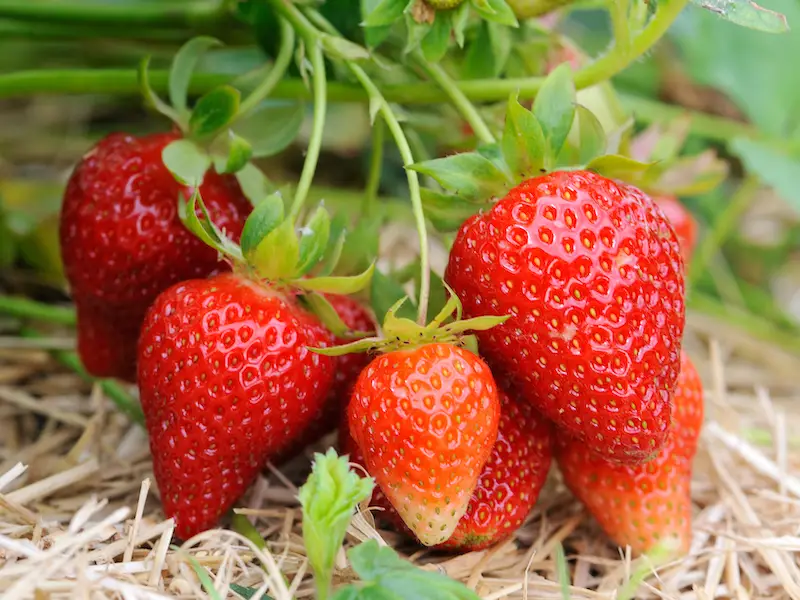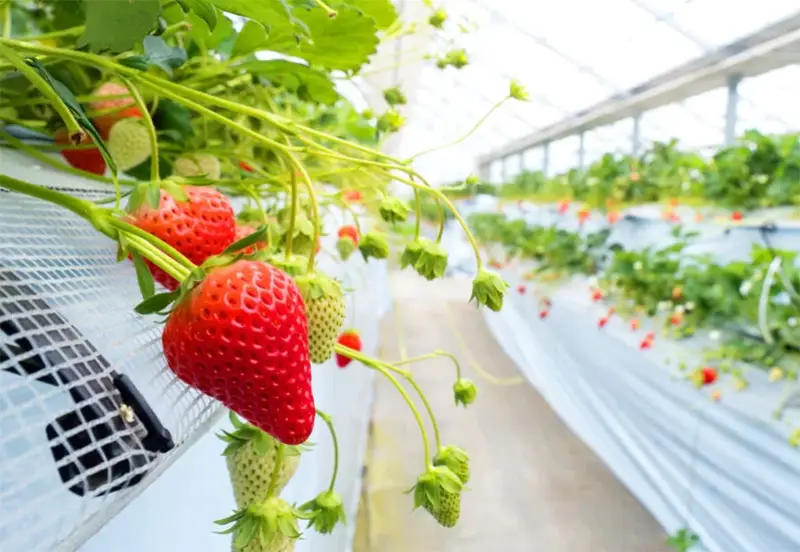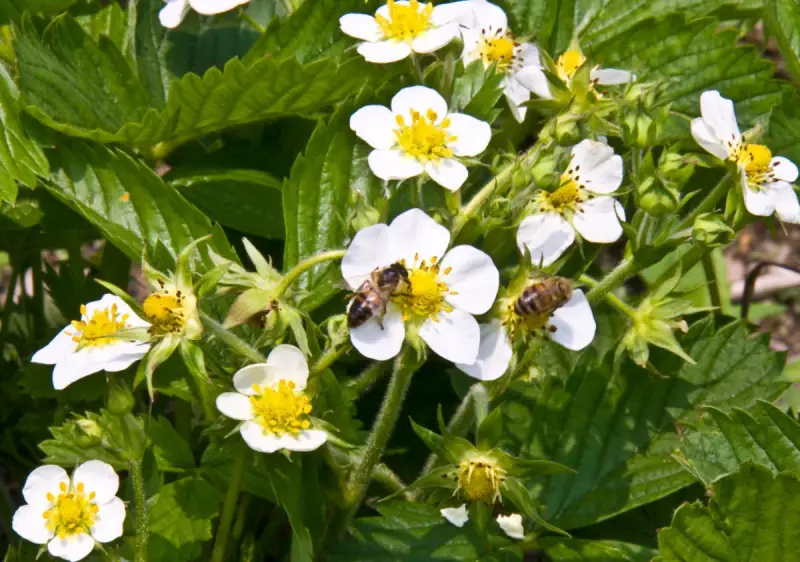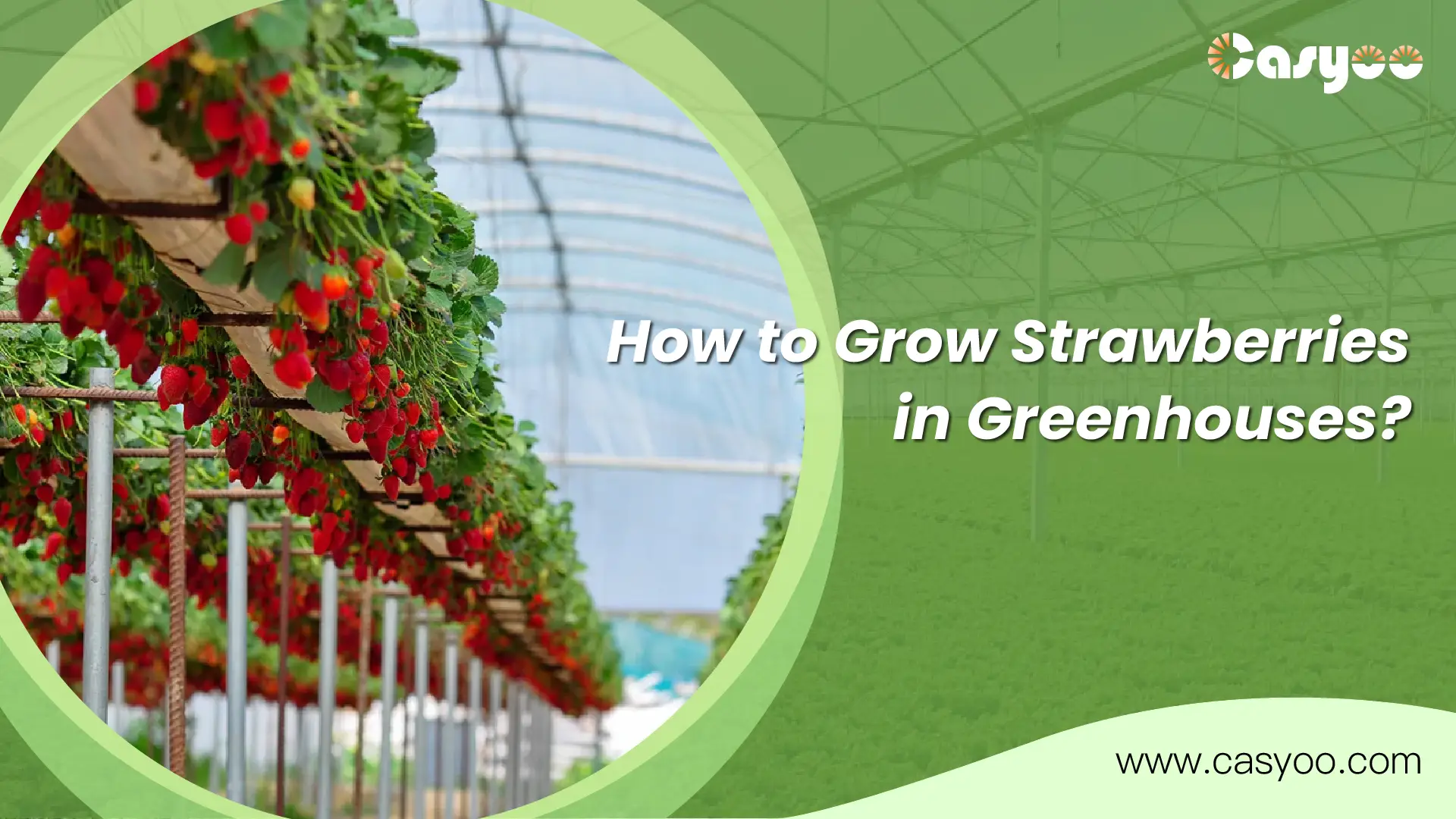Without a doubt, strawberries are one of the most popular fruits, wondering how to grow them in a greenhouse? Keep reading!
Can I grow strawberries in greenhouses?
Of course, you can. In the United States, 90% of strawberries are grown in southern and coastal environments in California. Florida is the second largest producer. Strawberries can be grown in your greenhouse if you don’t live in a climate where you can grow them practically year-round. Your strawberry plants will be shielded from several pests and unexpected frosts by your greenhouse.
But the glass inside the greenhouse will also prevent the entry of beneficial insects, such as bumblebees, which are needed to pollinate the plants.
What types of strawberries are suitable for growing in a greenhouse?

June strawberries usually produce a single concentrated harvest in early summer. These strains are well suited to growing in hanging baskets.
Day-neutral strawberry varieties are the most versatile, bearing fruit for the majority of the growing season. This type is considered ideal for greenhouse strawberry cultivation.
When to plant strawberries?
In the case of greenhouse growing, there are no strict requirements for the planting season. Strawberries are generally planted in the fall in greenhouses, start blooming in winter, and can be picked until the end of May. Field strawberries are usually planted in the spring or fall, and can be planted in all seasons in areas with suitable conditions.
How to grow strawberries in a greenhouse?

Here are a few tips:
Lighting requirements
Make sure the glass of the greenhouse is clear and there is nothing that can block the light. They must be exposed to at least 6 hours of light per day, with some types requiring up to 12 hours of sunlight. If you want to grow strawberries in a greenhouse throughout the winter, you should use grow lights to provide your plants with ample light. Otherwise, they won’t produce adequate fruits.
Soil requirements
The optimal soil pH range for strawberry cultivation is between 5.5 and 6.5. In soils with a pH that is too high (greater than 7.5), strawberries are prone to phosphorus and trace element deficiencies. In soils with a pH that is too low (less than 5.5), strawberries are prone to phosphorus, molybdenum, and calcium deficiencies. Strawberries produce the best yields in deep, fertile soils rich in organic matter.
Watering requirements
During hot summers, strawberries need to be watered frequently. It is advised to maintain damp but not soggy soil, as too much water can weaken the plants and cause berry rot.
Humidity requirements
High humidity is one of the most common problems in greenhouse cultivation. All plants are constantly transpiring, releasing water into the air. Therefore, humidity will inevitably increase in a closed environment. However, high humidity means that the air is saturated or nearly saturated, full of water vapor, and cannot contain more water. This means your strawberry plants will not be able to transpire.
Transpiration is essential for any plant. Without it, the roots will not absorb water from the soil and the plant will not get the nutrients it needs.
On the other hand, low humidity may also hinder transpiration. Dry conditions can cause the plant to lose too much water. In this case, the plant closes its stomata in order to retain water. In addition, for strawberries, low humidity can cause tip burns, which can affect the quality of the berries.
During the flowering and fruiting stages of strawberries, the relative humidity during the day is best controlled at 65%~75%.
Temperature requirements
Generally speaking, when the temperature is too low or too high, the strawberry plant will become smaller, the yield will be reduced, and it may even fail to produce fruit.
Like most crops, strawberries have specific temperature requirements. The temperature in a strawberry greenhouse should be about 8°C at night and about 16°C during the day. Over a period of several weeks, you should gradually increase the temperature. Reach 20-24°during the day and 10-12°C at night.
When strawberries are flowering, it is best to keep the temperature in the range of 16-20°C. However, once the plants are fruiting, the temperature range of 15-16°C is ideal for ripening.
Remember that temperatures vary not only for different growth stages but also for different strawberry varieties. The temperatures also are affected by other environmental factors such as humidity, light, etc.
How to pollinate strawberries in a greenhouse?

Pollination is required for strawberries to yield fruit. Because they are self-fertile, both male and female components are present in every flower. For fruit development to be effective, pollen must move from the stamens to the pistil of the same flower. Fruit that is tiny or malformed may be the result of incomplete pollination. Insects and wind handle this issue in nature. In greenhouses, you must create enough airflow so that pollination can occur.
How to prevent pests and diseases?
Greenhouses keep out most pests, but strawberries can also have some problems.
Watch out for a strawberry black eye. This can happen if frost strikes your plants, and the center portion of the stem will turn black and won’t produce fruit.
Gray mold is another problem. Good ventilation and adequate spacing between strawberries can mitigate the risk of this.
Red rust can occur if the soil doesn’t drain adequately, and it manifests as stunted leaves and reddish roots.
The white film on the leaf surface known as powdery mildew makes the leaves wilt. This issue should be resolved by keeping the soil damp and slightly lowering the temperature. When the weevils mature, they begin to eat notches in the leaf margins. However, the larval stage is even worse, as these fat, white, brown-headed critters feed on the roots, causing damage below the surface. The only way to prevent this is through biological control.
Should I rotate my strawberries?
Strawberry plants should not be kept for more than three seasons, otherwise, they lose vigor and yields decrease each year. Plants older than three years are also more susceptible to infestations and diseases. Therefore, it’s best to change the location of your strawberry planting site every time you plant new strawberries. Otherwise, you might be moving new plants to a site where dangerous conditions already exist.
Final Thoughts
If you still want to know more about growing strawberries, feel free to contact us!




